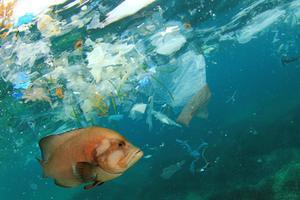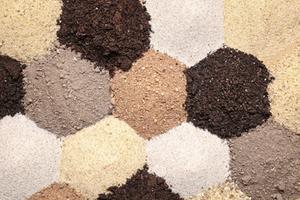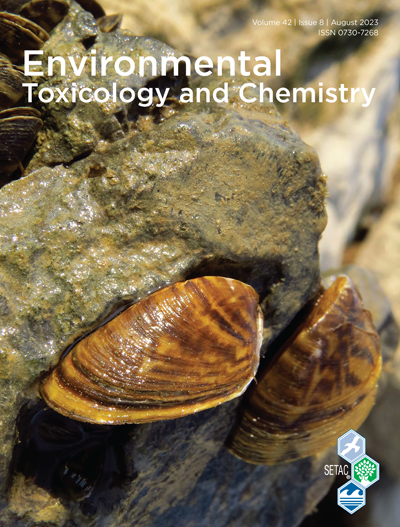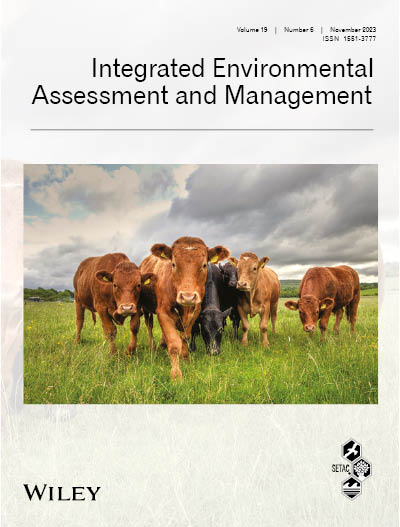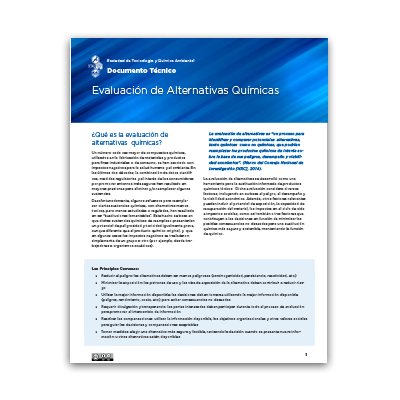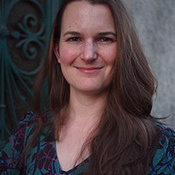Initiatives and Collaborations
SETAC Publications
Journals
SETAC journals provide a forum where scientists, managers and other professionals can exchange information and ideas on the study, analysis and solution of environmental problems, the management and regulation of natural resources, research and development, and environmental education.
Awards
Congratulations to the individuals recognized in 2023 for their outstanding contributions and achievements in environmental toxicology and chemistry.
Chris Lee Award for Metals Research
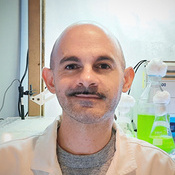
Emiliano Balsamo Crespo
Capacity-Building Award
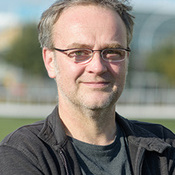
Paul van den Brink
ET&C Best Paper Award
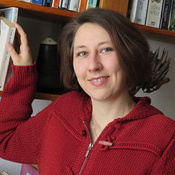
Julia N. Möller
Tackling the Challenge of Extracting Microplastics from Soils: A Protocol to Purify Soil Samples for Spectroscopic Analysis.
Authors: Julia N. Möller, Ingrid Heisel, Anna Satzger, Eva C. Vizsolyi, S.D. Jakob Oster, Seema Agarwal, Christian Laforsch, Martin G.J. Löder.
IEAM Best Paper Award
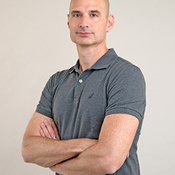
Ido Sella
Design, production, and validation of the biological and structural performance of an ecologically engineered concrete block mattress: A nature‐inclusive design for shoreline and offshore construction
Authors: Ido Sella, Tomer Hadary, Andrew J. Rella, Bernhard Riegl, Denise Swack, and Shimrit Perkol-Finkel
SETAC Asia-Pacific Student Research Grant
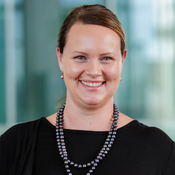
Stacey O'Brian
Stacey O'Brian research examens microplastics in the environment. The proposed research will use a simultaneous sampling program to calculate the mass concentration of plastics in various compartments using Pyr-GC/MS. The aim is to understand the fluxes, relationships and sources of plastics in air.
You can keep up to date with O'Brian's research on Twitter and ResearchGate.
Honorable mentions go to Shannon Kaiser, Macquarie University, and Rachel Mackie, University of Queensland, for their excellent proposals.
Noack Laboratorien Outstanding Science Career Award

Sponsored by
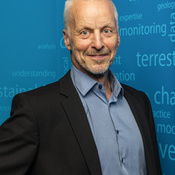
Rolf Altenburger
Rolf Altenburger is best known for his pioneering work in the field of mixture toxicity in the 1990s and early 2000s, with his top four publications on mixture toxicity concepts cited more than 300 times each. Altenburger ticks all the boxes for an outstanding scientific career, but what makes him stick out is his engagement at the science-policy interface. He is also a great mentor to numerous students and colleagues. He is well known for his collaborative management style, encouraging active participation of scientists from all career stages.
At present, he leads the research unit of Chemicals in the Environment at UFZ, where he overseas 10 research departments with more than 100 scientists in the field of environmental and analytical chemistry, ecotoxicology and ecology, and human health research.
Rifcon Early Career Scientist Award

Sponsored by
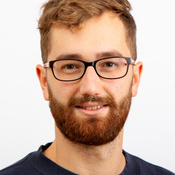
Johannes Raths
Life Cycle Assessment Young Scientist Award
Best Student Platform Presentation

Sponsored by

Summer Selinger
Summer Selinger won the title of Young Scientist Awards (YSA) Best Platform Presentation for her platform talk "Acute Cardiometabolic Responses of Juvenile Salmonids Exposed to 6PPD-Quinone," presented at the SETAC Europe 33rd Annual Meeting in Dublin, Ireland.
Best Student Poster Presentation
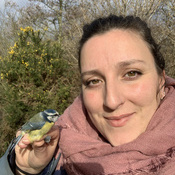
Cannelle Tassin de Montaigu
LCA Life Time Achievement Award

Olivier Jolliet
SETAC North America Professional Excellence Award
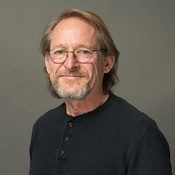
Mark Johnson
Best Student Presentation Award Winners
Ph.D.
Kayla Boyd
Auburn University
Kayla Taylor Boyd won the Best Student Presentation Award in the Ph.D. category for their presentation "PFAS Bioaccumulation, Depuration, and Associated Energetic Costs in the Eastern Oyster, Crassostrea virginica," presented at the SETAC North America 44th Annual Meeting in Louisville, Kentucky.
Masters
Kimberlee Whitmore
Texas Christian University
Kimberlee Whitmore won the Best Student Presentation Award in the Masters category for their presentation "Temporal Trends of Mercury Contamination in Seabirds from Northwest Greenland," presented at the SETAC North America 44th Annual Meeting in Louisville, Kentucky.
Undergraduate
Taylor Beach
Colorado State University
Taylor Beach won the Best Student Presentation Award in the undergraduate category for their presentation "Pre and post remediation and restoration analysis of benthic macroinvertebrate size spectra in the Upper Arkansas River, Colorado," presented at the SETAC North America 44th Annual Meeting in Louisville, Kentucky.
Best Chemistry Student Presentation Award
Alina Timshina
University of Florida
Alina Timshina won the Best Student Chemistry Presentation Award for their presentation "Investigating Per- and Polyfluoroalkyl Substances (PFAS) in Food-Waste Compost: Sources, Fate and Implications for Land Application," presented at the SETAC North America 44th Annual Meeting in Louisville, Kentucky.
Meetings

